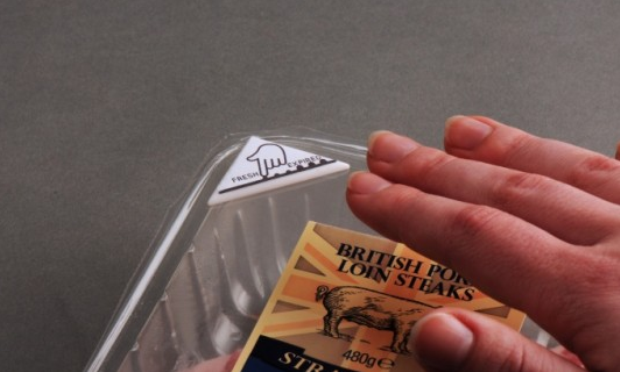I love stumbling over new policy ideas and strategies that try to tackle problems rather than just drawing attention to the bad. In that vein, in the last two days I found two new projects that want to reduce food waste – here they are!
First, and extremely surprising for me, the Seattle city council voted to distribute fines for residents and businesses that do not separate their food waste from the normal trash. Seattle is actually the second US city after San Francisco that thus makes composting mandatory in order to reduce the greenhouse gas emissions attached to the food system. The city currently recycles around 56% of its waste, but aims even higher.
What perplexed me most is how a project is actually implemented. According to the plan, the city’s waste collectors will have to monitor whether there is more than 10% food waste in a particular garbage bin, and are supposed to log the garbage offenders in a central system. The residents will then be given a fine that is added to their waste management bills.
The catch? The fine is only $1 for households; apartment buildings and businesses will get two warnings before being billed $50. This seems a lot of administrative effort for a very low incentive for people to actually change their behavior. Furthermore, how do you differentiate between 7 and 10% of food waste? And what happens if people just change to throwing all their food into composting bins? I guess that is better than the landfill, but the issue of food waste would still not be addressed fully. Maybe this could be the first step of many in mandating sustainability.
2. Innovative anti-waste food label wins award
A graduate student from Brunel University has created a tactile label that helps consumers determine whether their food is still good at the touch of a corner of the packaging. The label is composed of a gelatinous substance that is filled in over a bumpy surface. With time, the gelatin turns to liquid and exposes the bumps, which then signal that the food is no longer edible. As long as the label is smooth, the food can be consumed with no worries. The idea is so innovative – at a time that producers are actively searching for packaging ideas to reduce food waste – that it has received the James Dyson award. Its creator Solvegia Pakstaite will receive funding to develop a prototype and test it in lab conditions.
At first I was extremely excited about this, but if I understand correctly the gelatin-desolution has nothing to do with the actual condition of the food. Rather, it’s all based on a set time frame and thus has the same function as an expiration date on the package. However, given the confusion surrounding best-by and consume-by dates, and the success of alternative ways of communicating information – for example with infographics – I do see the potential to draw consumers’ attention to a reduction of food waste – if only as a novelty effect along the lines of “what is this gel thing and what does it mean?!”
What do you think? In your opinion, would either idea have any lasting effects on our consumption behavior?

I know what you mean about it being a shame that it’s not actually testing whether the food is still good… I guess that is perhaps a little too advanced at this stage?! But hopefully it will stop people throwing food out because they doubt whether it’s spoilt or not.
Yeah, I just heard again in a conference that ‘mindfulness’ when shopping and consuming is key, and hopefully a strategy like this would be able to increase mindfulness!
Sorry, but I don’t believe this anti-waste label will have any effect on the people’s behaviour on throwing food out. As Janina says, it serves the same purpose as an expiration date, so people have no reason to consider it as anything different than an expiration date, and will keep throwing food out if they doubt in its quality. However, I hope to be wrong on that 🙂
I think it’s a good start to have something more straight forward to check for food that has gone off. But I wish there would simply be more emphasis put on educating people more about food, how it’s produced, how to store it and when it’s off.
Agreed! It’s too bad when people throw out good food just out of health concerns!
Hello, Janina!
In my personal opinion – no, there won’t be a lasting effect. At least not a big one. But hey, what if each of these brings food waste down by a percent or two? That would be something. Plus, such numbers are easily achievable! Aim low, aim low again, several lows make a high, etc. I, for one, welcome these changes. Now, if the taxes for food waste become a bit larger… 🙂
Cheers.